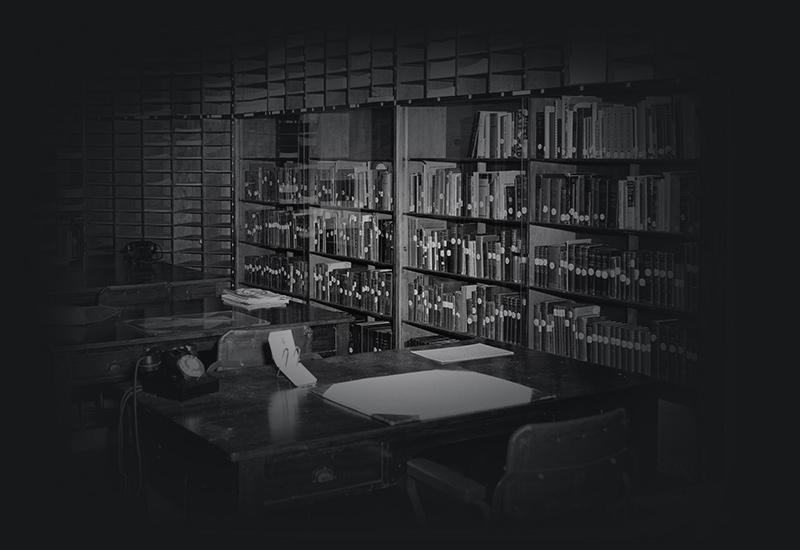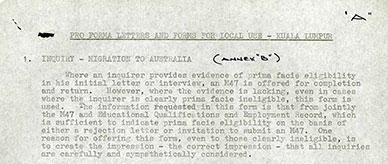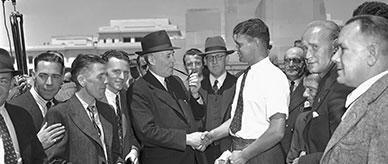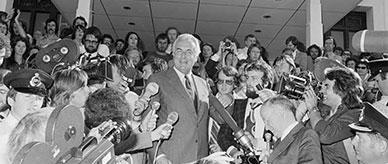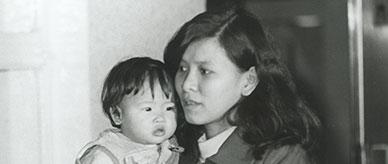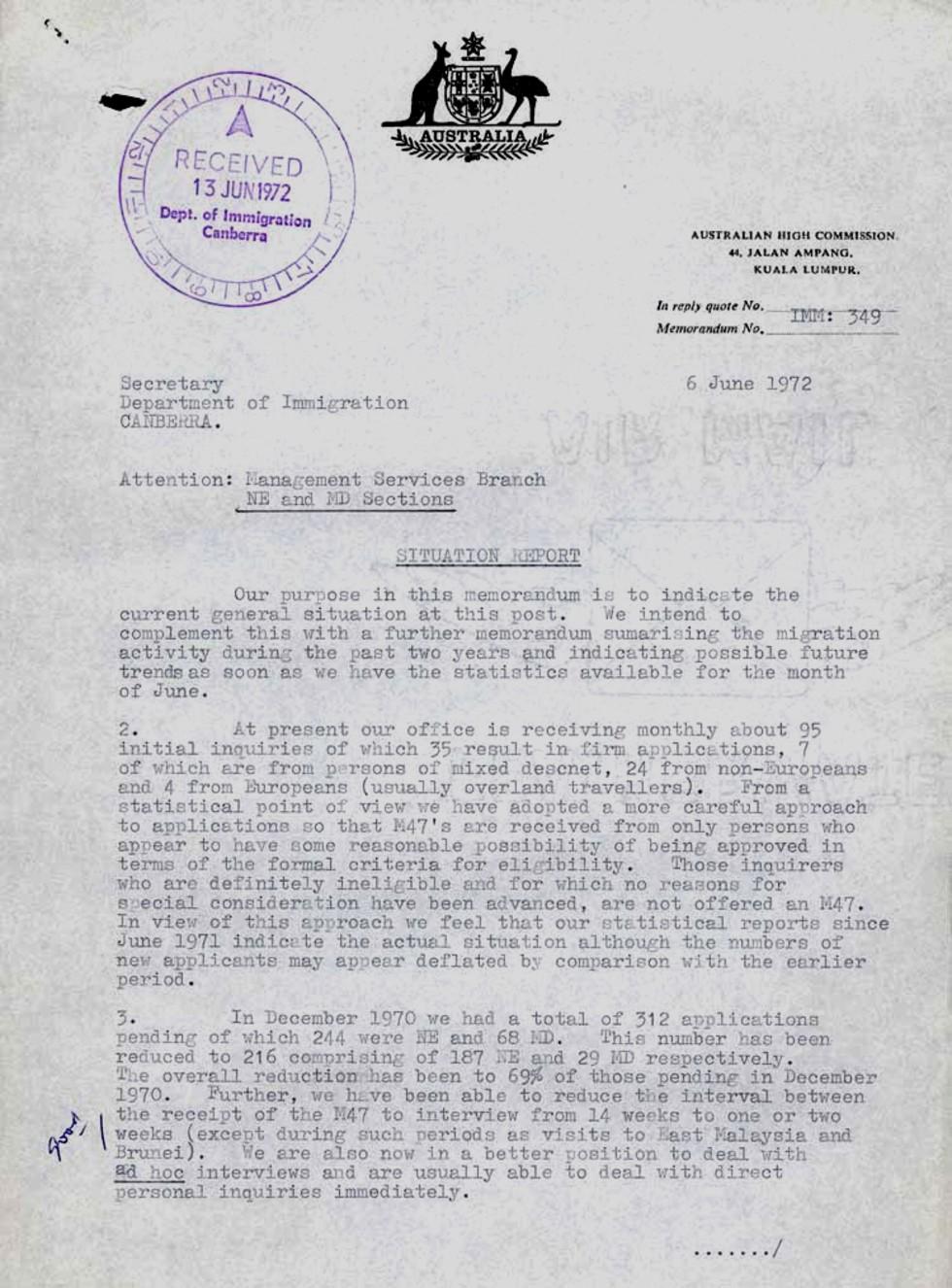
Situation report for the N/E and M/D sections of the Department of Immigration.
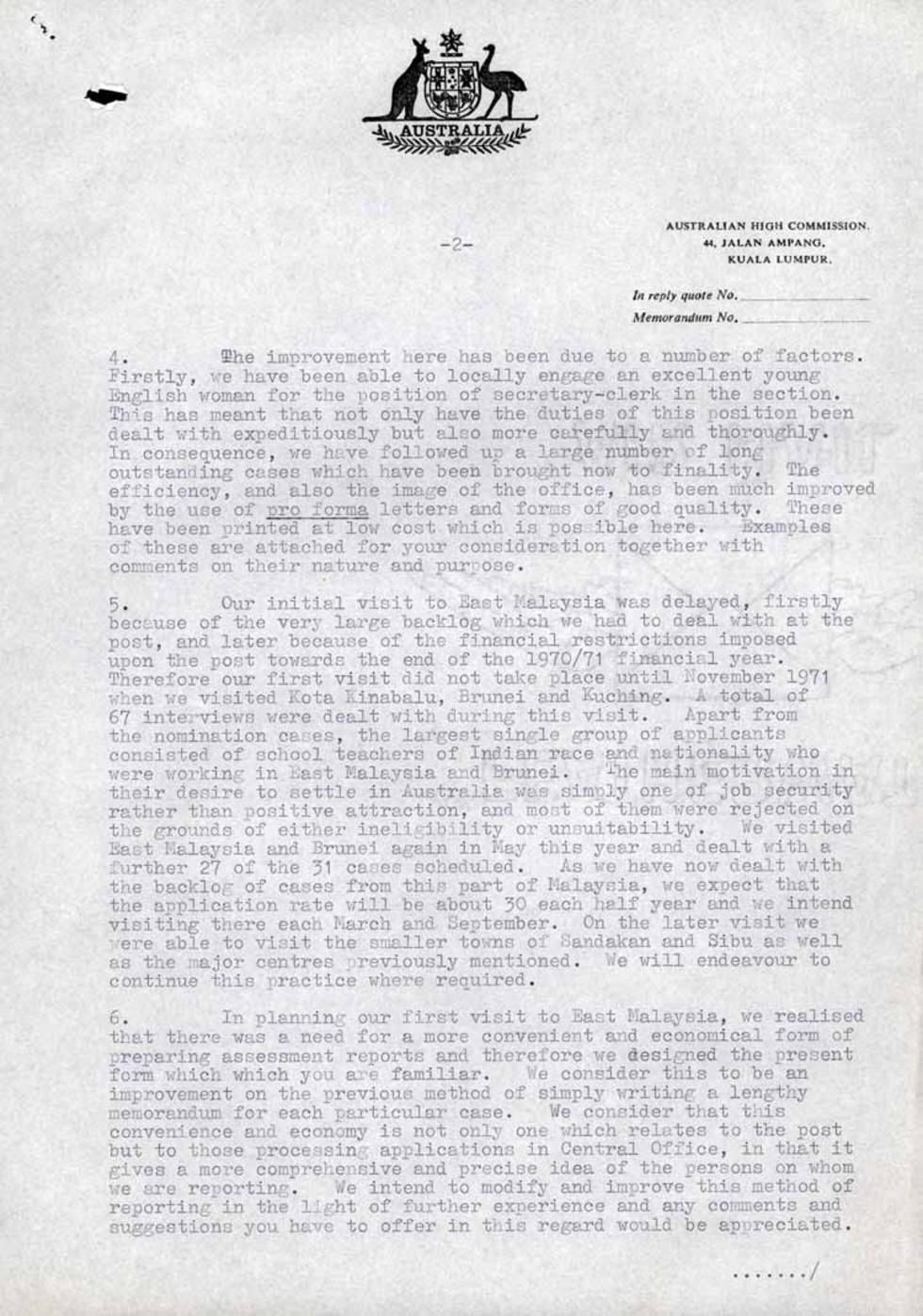
Situation report for the N/E and M/D sections of the Department of Immigration.

Situation report for the N/E and M/D sections of the Department of Immigration.

